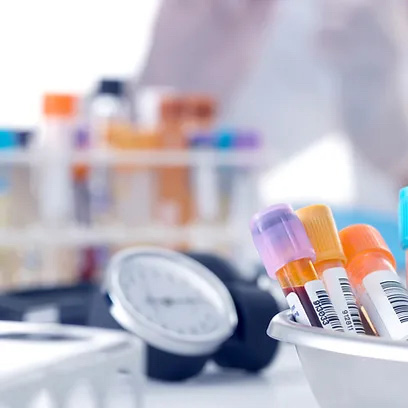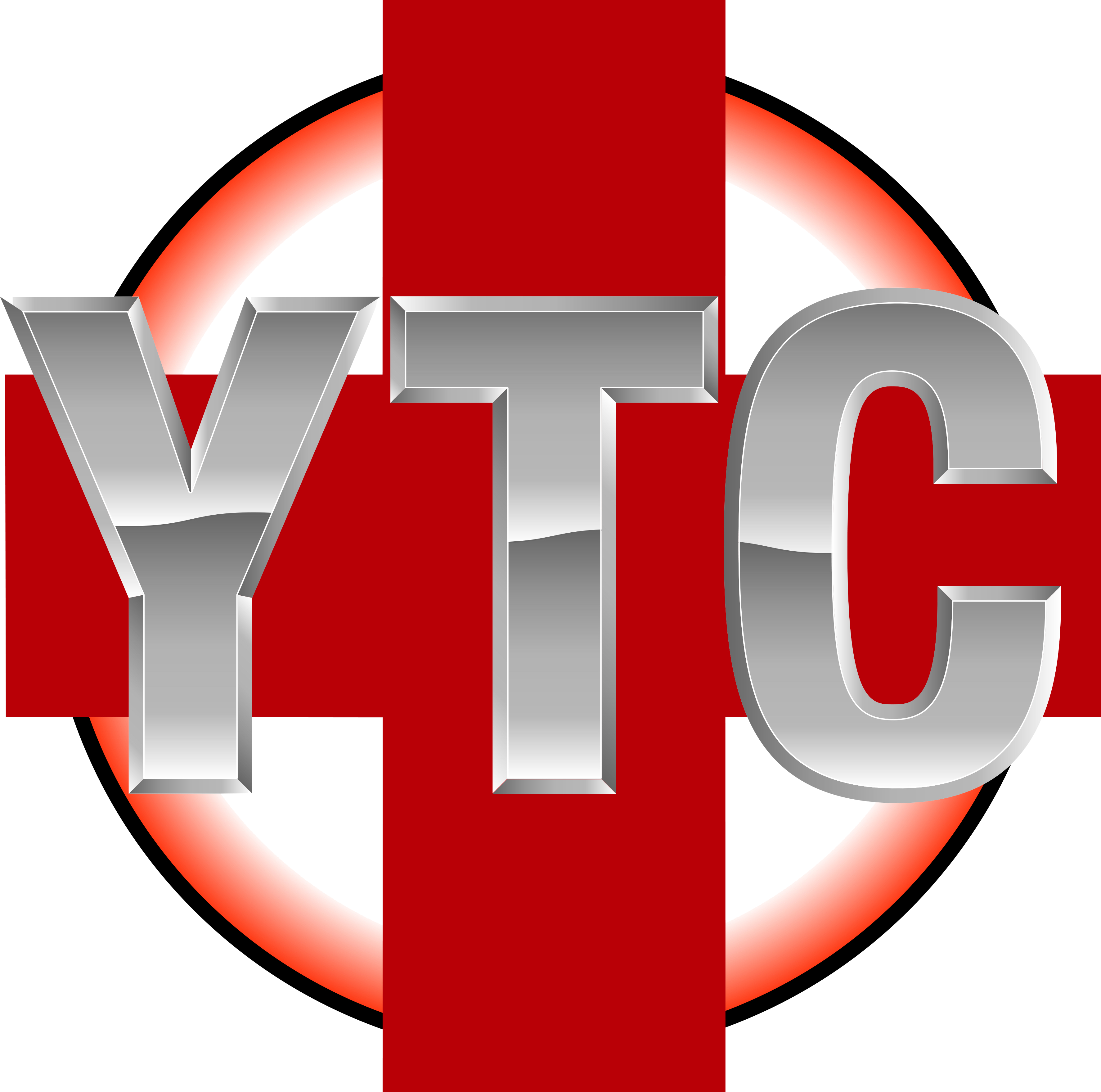
Platelet Rich Plasma, or PRP, is blood plasma with concentrated platelets and other growth factors. The concentrated platelets found in PRP contain huge reservoirs of bioactive proteins, including growth factors and signaling proteins that are vital to initiate and accelerate tissue repair and regeneration. The most important of these are Platelet-Derived Growth Factor (PDGF), Transforming Growth Factor (TGF-beta), and Epidermal Growth Factor (EGF). Treatment of tissues with PRP activates the Adult Stem Cells, which are found in all tissues, to “wake up” and begin directing the healing process. The stem cells then direct the surrounding tissues to regenerate, primarily through release of Hepatocyte Growth Factor (HGF), Vascular Endothelial Growth Factor (VEGF) and Stromal Cell-Derived Growth Factor 1 (SDF-1). These factors then promote development of new blood vessels and stimulate the wound healing process.
PRP is still considered to be cutting edge technology here in the U.S., but studies on PRP have been carried out for over 20 years, and it is widely used in Europe and many Asian countries. We offer PRP because we believe in the science of PRP therapy and know first-hand how effective it can be in helping our patients heal. PRP is typically used for soft tissue injuries involving muscle, ligaments, and tendons. PRP is a treatment option for various orthopedic and soft tissue injuries and conditions, arthritis of virtually any joint, tendonitis, muscle sprains and tears, and ligament injuries. These include many common conditions, such as tennis and golfers’ elbow, Achilles and knee tendonitis, rotator cuff injuries and meniscus injuries.
PRP is prepared from a small amount of the patient’s own blood, which is then placed in a centrifuge. The centrifuge spins and separates the plasma, now rich in platelets, from the rest of the blood components. The entire process takes around 60 minutes depending on your care needs. By using the concentrated platelets in plasma, we increase the dramatically increase the concentration of growth factors necessary to start the healing process.
The healing process that is initiated by the PRP injections is not immediate. Healing takes time, usually between one to three months. Depending on the severity of the injury and the individual’s healing response, one to several injections of PRP may be needed. Also, the number of Adult Stem Cells in your body decreases with age, and therefore older patients usually require more injections. Typically, younger people generally need fewer injections for the same condition since they have a greater number of stem cells.
There are several ways to maximize the results of PRP treatment. Smoking and alcohol diminish stem cell function and therefore should be avoided. Also, the initiation of tissue healing and activation of the stem cells is caused by an inflammation. For this reason, NSAIDS (non-steroidal anti-inflammatory drugs, such as aspirin, ibuprofen, Naprosyn, etc.) should not be taken for 4 weeks after PRP injections. The use of omega 3-fish oil and other natural anti-inflammatory agents, such as fish oil, do not work the same way and are thus not restricted.
After the injection is given, there may be an increase in pain for variable periods of time. Tylenol and ice can be used during this period of time. The pain may wax and wane, going up then down like a roller coaster ride, several times during the healing process. Ultimately, most patients gets significant improvement of function, and a decrease or resolution to pain.
